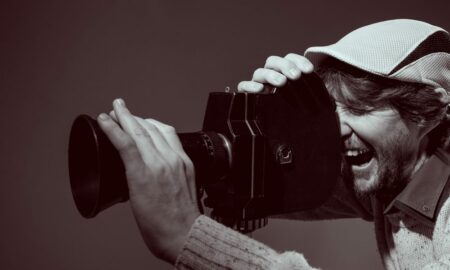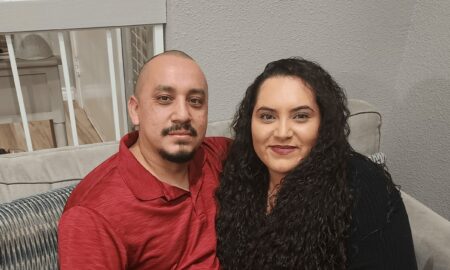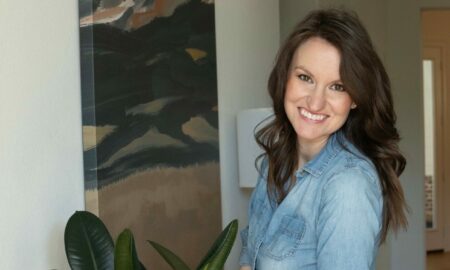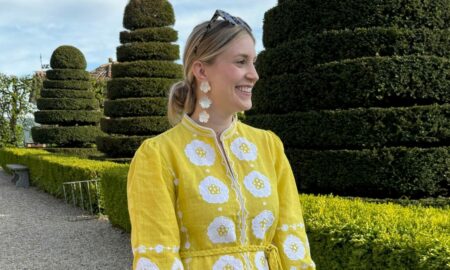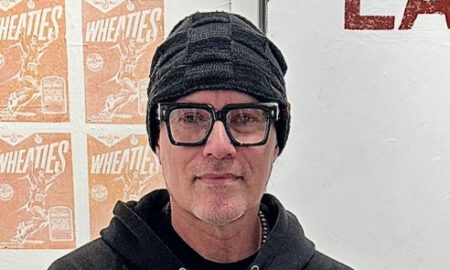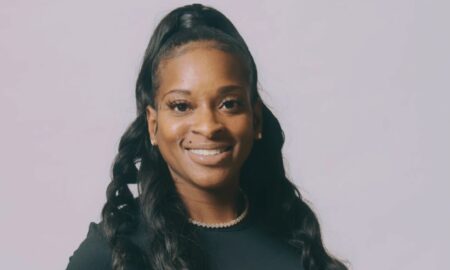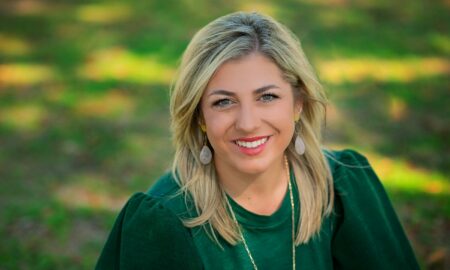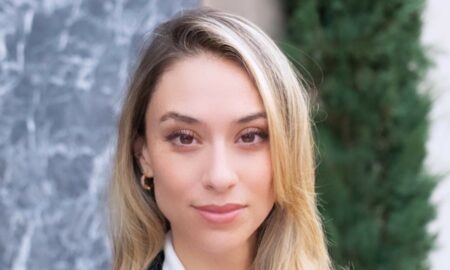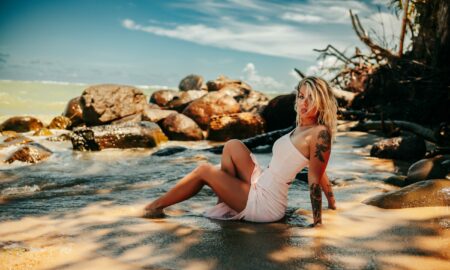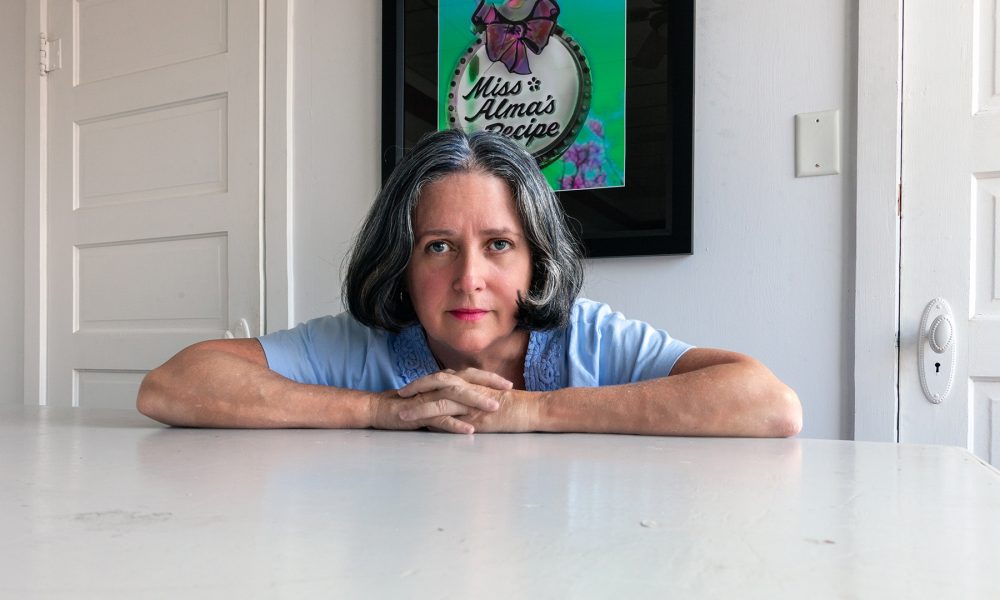

Today we’d like to introduce you to Ginger Sisco-Cook.
So, before we jump into specific questions about what you do, why don’t you give us some details about you and your story.
I was born and raised on the Llano Estacado of West Texas. The land and its people shaped much of who and what I am today. My love of the desolate and empty landscape as a native daughter is a big influence on my art and my passion to connect my past with the present.
In 1995, after serving as a nonprofit executive director for a number of years, I started a freelance grant writing business, which secured funding for non-profit organizations such as police departments, fire departments, and social services. Since grant applications typically require photographs to illustrate how badly organizations need money, I enrolled in a photography class at the local junior college to improve the quality of my images for federal and state proposals. Though it wasn’t my original intention, I fell in love with photography and telling people’s stories.
When the economy crashed in 2008, nearly all grant opportunities evaporated. I shut down my grant writing business, followed my heart and went back to school and earned a Master’s of Fine Arts degree from Texas A&M Commerce in 2014 with an emphasis in photography.
As a new and emerging artist, you are encouraged to have work shown in galleries and museums, which involves contacting gallerists and curators, writing proposals, submitting applications and networking with influencers. While many younger artists struggle with the business aspects of the fine art industry, I have been able to apply the skills I learned writing grants and coordinating with nonprofits and government entities to becoming a working artist.
My work has been shown in venues in Los Angeles, New York, Europe, South America and much of Texas. The art community in Dallas and Fort Worth is supportive and nurturing to me as a new and emerging artist. You may have seen my work in local venues such as The Art Room, Fort Worth, the Bath House Cultural Center, the South Dallas Cultural Center, the Vignette Women’s Art Fair at the Women’s Art Museum, THE ARTS Gallery, Collin College, Plano, Texas Woman’s University, Denton, and The University Gallery, Texas A&M University, Commerce, Texas.
We’re always bombarded by how great it is to pursue your passion, etc. – but we’ve spoken with enough people to know that it’s not always easy. Overall, would you say things have been easy for you?
Perhaps the most significant obstacles in my becoming an artist late in life is my age and appearance. At 63, with gray hair, wrinkles and more weight than I should have, I feel at times as if I am invisible. When people look at me, they are more likely to think Betty Crocker than Phebe Schmidt. In a world that values youth, new ideas and shiny objects, I struggle to be relevant and competitive.
The biggest challenges for most new and emerging artists, myself included, is that making art costs more money than it often pays. I am fortunate to be able to supplement my income with teaching, but I am always in a position where I have to choose between building financial security or my portfolio. Currently, I spend most of my time driving across Texas documenting its idiosyncrasies, networking with museums and galleries, researching my subjects, and planning my next series. It would be easier if more people bought art from artists than from big box stores.
Please tell us more about your work, what you are currently focused on and most proud of.
My work does not fit in a neat little box. It is not available in stores or on Amazon. As a fine art photographer, I do not take family photos anymore. My name is my company, “Ginger Sisco Cook, Fine Art Photographer, and Educator.”
At the moment, I am seriously working on the Llano Estacado project, trying to capture and convey my memories of growing up in West Texas in the 50s, 60s and 70s. I challenge the viewer to look at West Texas’s uninviting, barren landscape through the eyes of a child, mesmerized by the beauty of its simplicity and isolation. With a feminine eye, I introduce farmers whose hands and faces are weathered by the sun, waitresses who work hard to make ends meet and women who work in the cotton fields.
I am also currently working with fellow photographer Wanda Holmes Oliver to tell the story of the building of the Bois d’Arc Creek Reservoir in Fannin County Texas from the point of view of the Wilks and Bonham Cemeteries that were removed to make way for the construction of a dam. A final exhibition will be held when the dam project is completed in the next few years. You can follow our journey at https://handsacrosstimeproject.net/.
My newest project is an effort to interview and photograph migrants from south of the border who are living in, working in, and contributing to Texas and New Mexico. My goal for this project is to capture the stories of those who risked so much to leave their homes, family, and friends to move to safety.
What sets me apart from other professional artists is that I don’t fit the mold. I am a 63-year-old woman who graduated with an art degree in 2014 who is competing with young talented and energetic artists from all over the world. I produce passion projects about forgotten people who live in forgotten places, capturing their stories before they’re lost to time and technology erases their culture forever.
Has luck played a meaningful role in your life and business?
Every aspect of the photography field is changing at the pace technology is influencing the rest of our lives. It could be said that it was a bit of bad luck that I have begun working in the field of photography just as photography is experiencing the biggest revolution since Kodak replaced tintypes. The darkroom I used to develop black and white photographs for my first photography class has been obsolete long enough to collect a thick layer of dust… along with my first copy of Adobe Photoshop. To be a photographer, it’s no longer enough to learn the tools of your trade. Staying relevant, let alone competitive, requires constantly learning new technologies and being sensitive and aware of how the art market is responding to new trends.
Since everyone has a camera phone, traditional jobs for photographers are disappearing. Newspapers and magazines no longer need photographers on staff, and fewer families are hiring professional photographers to capture births, weddings, and graduations. However, new opportunities are being created on the internet every day for the clever entrepreneur. It has never been easier to create new, innovative business models to build an art brand. It is, however, hard work.
It almost goes without saying that the future of the photography business will continue to become more internet-based, which will open more opportunities for emerging artists. Many of these opportunities will be in the “gig economy” where you perform one-off micro-services for online consumers. For the consumer, this means unlimited access to affordable art. For fine art photographers, this means we are competing with the entire world for audience attention.
I do not predict this will kill the art industry. If anything, I predict more people will seek high-quality tangible art to satisfy the need to see and hold something beautiful and real in a world that is becoming excessively intangible. The good luck for photographers who can tell a story with a message that resonates as real and true is that these trends offer a historic opportunity to establish yourself in a new world of art.
Contact Info:
- Website: http://www.gingersiscocook.com/
- Email: gingersiscocook@yahoo.com
- Instagram: https://www.instagram.com/gingersisco/
- Facebook: https://www.facebook.com/GingerSiscoCook






 Image Credit:
Image Credit:
All photographs are by Ginger Sisco Cook as a part of The Llano Estacado Project
Getting in touch: VoyageDallas is built on recommendations from the community; it’s how we uncover hidden gems, so if you know someone who deserves recognition please let us know here.




